Rechargeable battery

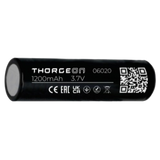
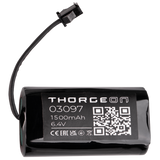
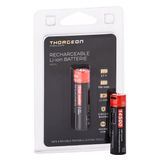

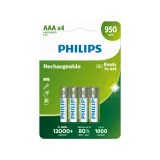
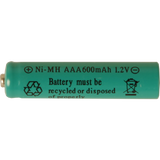



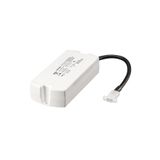
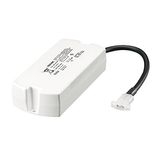
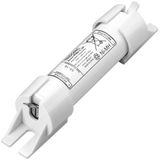
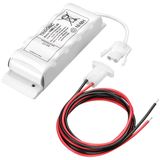
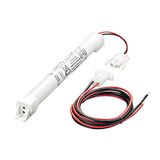
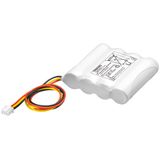
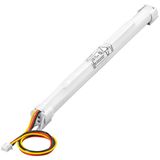
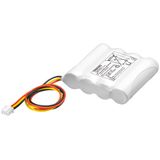
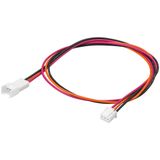
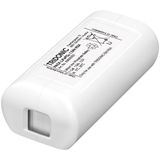
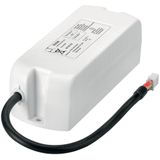
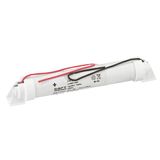
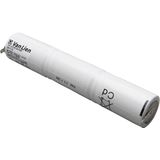
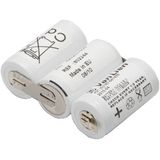

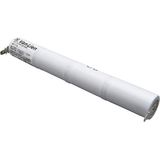
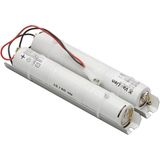
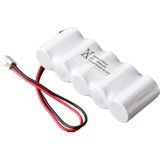
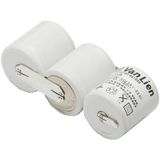
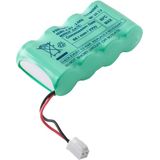

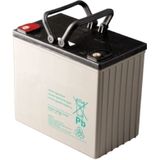
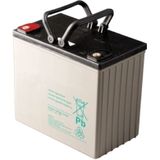
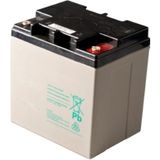
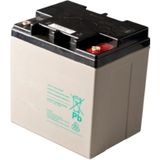


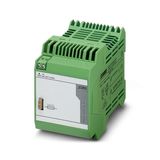

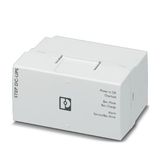

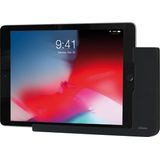
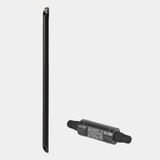
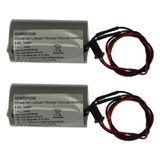
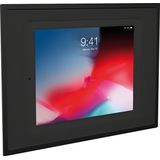

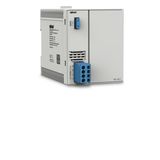

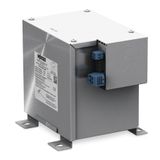
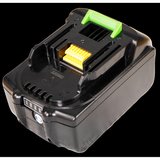
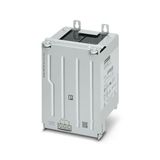
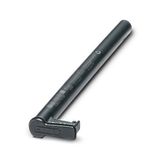
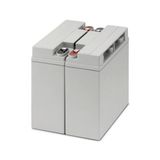

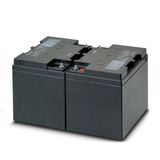
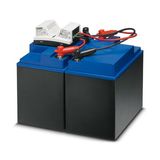
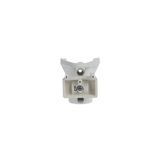
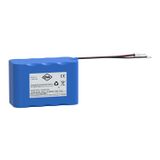
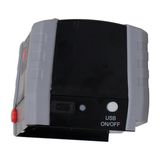
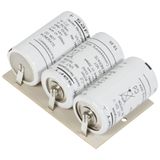
Types of rechargeable batteries
A rechargeable battery is a DC power source designed to store and accumulate electrical energy. Rechargeable batteries are available in several types: AA and AAA being the most common. C and D are slightly larger types with increased capacity.
Nickel-metal-hydride (NiMH) batteries: characteristics and applications
Rechargeable alkaline batteries generally come in AA and AAA models. They come in two capacity categories:
- 300-100 mAh: designed for long-term stand-alone operation with moderate power consumption ;
- 1,500-3,000 mAh: for fast power consumption, such as cameras and video cameras, various readers, etc.
Their advantages:
- reduced memory effect ;
- fewer harmful additives;
- can work at low temperatures.
They provide long-term storage without loss of charge.
Lithium-ion batteries: benefits and uses
Rechargeable lithium-ion batteries are used in smartphones, laptops, electric vehicles and other electrical systems. Its advantages include
- high energy density ;
- low self-discharge ;
- they hold their charge well.
There are no additional maintenance or operating costs.
Nickel-cadmium (NiCd) batteries: characteristics and current applications
Ni-Cd models are used in mass transit systems such as trains, ships, streetcars and trolleybuses, and in household appliances such as screwdrivers. Flat versions are installed in electronic watches and scales. Advantages of these batteries :
- rapid discharge after long-term storage;
- more than 1,000 cycles;
- they hold their charge well;
They can be used even in difficult conditions.
How to choose rechargeable batteries
For use in the required electronic device, a rechargeable battery must be selected on the basis of several characteristics.
Selection criteria: capacity, voltage, service life
Capacity characterizes the rate at which the battery discharges after placement in the device. A high capacity indicates a high mAh charge:
- AA: 600-3,500 ;
- AAA: 650-1,300 ;
- C : 3 000-4 500 ;
- D : 10 000.
Rated voltage: 1.2-3.7 V; service life: 1.5-4 years; number of cycles: 1,000-4,000.
Selection recommendations: our selection for different devices
Rechargeable batteries are suitable for the following devices:
- remote controls: NiMH ;
- radio-controlled children's toys : Ni-Cd ;
- flashlights, radios, clocks: Ni-Cd ;
- video, photo and music equipment: Li-ion.
For compact devices, non-cylindrical lithium polymer shapes are suitable.
Advantages and disadvantages of rechargeable batteries
Almost all galvanic cells have advantages and disadvantages.
Advantages: economical, environmentally friendly, long life
Rechargeable batteries offer the following advantages:
- long-term energy storage ;
- environmentally friendly;
- long service life.
Working in extreme conditions is an added bonus. , a European wholesaler of power equipment, offers you a range of rechargeable batteries from Swedish brand STAR TRADING, in different powers and voltages:
- Rechargeable battery AA 1.2V 600mAh Ni-MH ;
- Rechargeable battery AAA 1.2V 600mAh Ni-MH ;
- Rechargeable battery 18650 3.7V 2200mAh Li-ion ;
- Rechargeable battery 14500 3.2V 400mAh Li-ion ;
- Rechargeable battery AA 1.2V 2000mAh Ni-MH.
For greater convenience, we recommend using the interactive product search on the site. You'll be able to find the best rechargeable battery here.
Disadvantages : Cost, need for special charger
The disadvantages are
- higher price of rechargeable batteries;
- possibility of incorrect charging.
You also need a special charger of a specific type.
Care and storage of rechargeable batteries
To extend battery life, rechargeable batteries need to be properly cared for.
Proper use: charging and operating instructions
Proper use involves following these recommendations:
- complete discharge before the first charge;
- avoid overheating during charging.
It is advisable not to fully discharge the battery during operation.
Storage: conditions and recommendations for extending battery life
Rechargeable batteries should be stored in a dry place at +20°C. Fully charged or discharged mode is not desirable. The cells must not be in contact with or near sources of electromagnetic radiation.
Comparing rechargeable and disposable batteries
By comparing rechargeable and disposable batteries, you can learn about the advantages and disadvantages of each type.
Energy efficiency: comparing performance and cost
Rechargeable batteries cost more than disposables. However, they charge less per second; the shortfall is made up by repeated use.
Environmental aspects: Impact on the environment
Rechargeable batteries contain elements that are hazardous to the environment. Improper disposal of these compact power sources can pollute an area of 20 m2.






















